Adrian Cooper
출생 : , Exeter, Devon, England
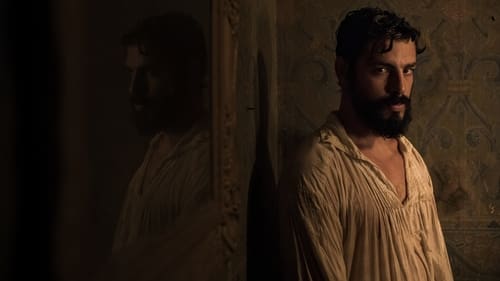
Art Direction
The story of Brazil’s first emperor, returning to Europe on board the English ship Warspite. The trip makes Pedro conquer his fears and face his life from a personal point of view. He goes back in time and relives outstanding moments of his earlier life – since his childhood, when in 1808 he arrived coming from Portugal with his family, until he left in the dead of the night, in 1831, running away from Brazil.

Production Design
A group of friends working on an offshore oil rig maintain close bounds and do their best to face the difficulties presented by living and working isolated out in the middle of the sea. A job promotion triggers events that disrupt, in an irreversible way, the group friendship and the protagonist’s own life on land. He is tested by the force of destiny and experiences the drama of an ordinary man facing a gradual process of isolation.

Camera Operator
A documentary about Joao Guimaraes Rosa's stay in Nazi Germany. The film captures the experience of the Brazilian vice-consul in Hamburg between 1938 and 1942, at the height of the Nazi regime and during the first years of the World War II. Using his writings from that time, as well as archive pictures, documents, survivors testimonies, and an unpublished interview with him, the film reveals new biographical aspects of one of the greatest writers in Brazilian history.

Cinematography
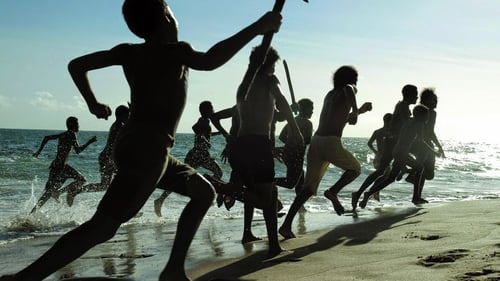
Art Direction
About the life and adventures of a gang of abandoned street kids known as "Capitães da Areia" (Captains of the Sands), in Salvador, Bahia, during the 1950s.

Art Direction
죽음을 한판의 축제로 만들어버리는 브라질산 흥겨운 코미디. 천둥번개가 몰아치는 밤 바다를 배경으로 킹카스의 내레이션이 울려 퍼진다. 떠돌이 선장인 그가 72세 생일잔치를 앞두고 죽자 빈민가 친구들이 딸에게 소식을 전한다. 바다에 그를 묻으려는 쪽과 예식을 중시하는 쪽 간의 왁자지껄 실랑이가 벌어진다. (2010년 제15회 부산국제영화제)

Art Direction
In São Paulo, in the late 1960s, the convent of the Dominican friars became a trench of resistance to the military dictatorship that governs Brazil. Moved by Christian ideals, frets Betto, Oswaldo, Fernando, Ivo and Tito came to support the guerrilla group Ação Libertadora Nacional, commanded by Carlos Marighella.

Director of Photography
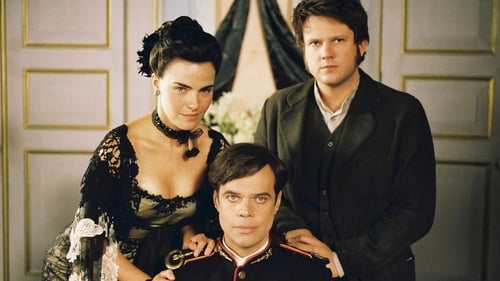
Art Direction
Colonel Furtado struggles to keep his lands, the Sobradinho Farm, and win the heart of his cousin Esmeraldina. In the process, he fights big beasts, experiences the taste of a bohemian life in town, fends usurers and thieves off, and uses all his cunning to get rid of haunting entities. His rival is the man he was brought up with, Pernambuco Nogueira, a werewolf.

Director of Photography

Director of Photography
A revolutionary, fighting against dictatorship in Brazil, is wounded in a gun-fight with the police, and is isolated in another man's apartment, where he meets a young woman who will change his life.

Director of Photography
A story about the lies, treachery and vengeance of a middle-class family living on the outskirts of São Paulo. Four characters try desperately to change their lives, but are unable to escape their destiny.

Art Direction
The story of Orisbela, a young and religious woman who comes from Portugal to Brazil to marry Francisco de Albuquerque, a rude sugar-cane plantation owner, in 1570.
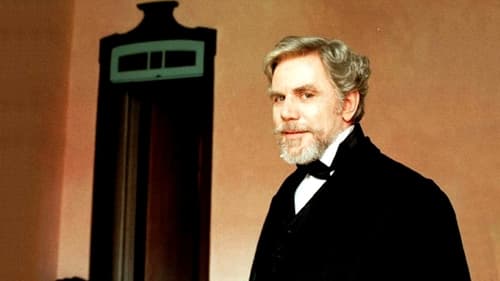
Art Direction
Free adaptation of Machado de Assis' classic. The narrator is a rich dead man, who tells us about his life and times, making fun of both.

Director of Photography
A documentary film about the taboos, stereotypes, and struggles of black actors in Brazilian television "soaps". Based on his own memories and on a sturdy body of research evidence, the director analyses race relations in Brazilian soap operas, calling attention to their likely influence on Brazilian African-Americans' identity-forming processes.

Editor
A documentary film about the taboos, stereotypes, and struggles of black actors in Brazilian television "soaps". Based on his own memories and on a sturdy body of research evidence, the director analyses race relations in Brazilian soap operas, calling attention to their likely influence on Brazilian African-Americans' identity-forming processes.

Director of Photography
Told by gauchos from Brazil, Argentina and Uruguai, the legend says that Anahy de las Missiones wandered around the Plata Basin during the time of Cisplatina War (1825-1828), stealing the dead.
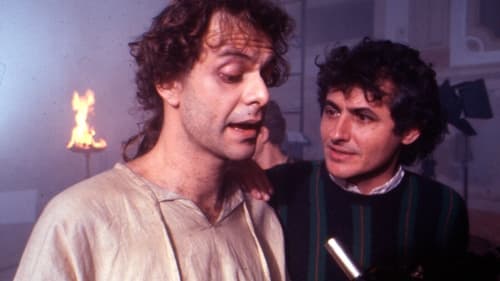
Art Direction
The story of Brazilian Antônio José da Silva, a jewish poet, playwright and lawyer living in the 18th Century Lisbon, who managed to avoid Inquisition by converting himself to Catholicism, after being tortured. But his fierce criticism of Portugal's élite led him to persecution and torture, becoming kind of a scapegoat.

Director of Photography

Director of Photography
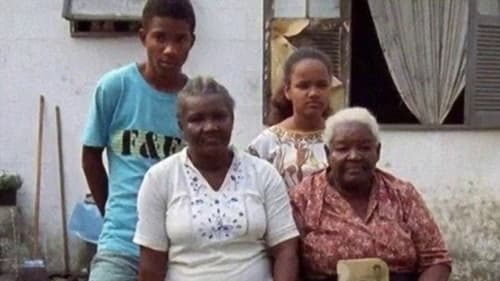
Director of Photography
A panorama of the Brazilian black experience, starting with the figure of the semi-illiterate popular artist and employee of a salt mine Gabriel Joaquim dos Santos.

Cinematography
Worker Norival's life turns upside down when he is caught kissing his co-worker Catarina during work hours. He is fired for just cause and faces the hardships of the labor lawsuit he filed against the company.

Editor
ABC of a Strike captures the 1979 metal workers strikes outside of São Paulo. The footage sat untouched until after the death of highly-regarded director Leon Hirszman in 1987, by which time the material had a new relevance. The gripping film captures the negotiations between the labor unions and the factory bosses and shows the birth of the region’s Worker’s Party, as well as the emergence of its charismatic leader, Luiz Inácio Lula da Silva. Rising from extreme poverty, Lula gained national prominence as a union activist during the late 70s and early 80s. After being jailed during his time as a union leader, he eventually becomes Brazil’s president from 2003 to 2010.

Director of Photography
ABC of a Strike captures the 1979 metal workers strikes outside of São Paulo. The footage sat untouched until after the death of highly-regarded director Leon Hirszman in 1987, by which time the material had a new relevance. The gripping film captures the negotiations between the labor unions and the factory bosses and shows the birth of the region’s Worker’s Party, as well as the emergence of its charismatic leader, Luiz Inácio Lula da Silva. Rising from extreme poverty, Lula gained national prominence as a union activist during the late 70s and early 80s. After being jailed during his time as a union leader, he eventually becomes Brazil’s president from 2003 to 2010.

Associate Producer
ABC of a Strike captures the 1979 metal workers strikes outside of São Paulo. The footage sat untouched until after the death of highly-regarded director Leon Hirszman in 1987, by which time the material had a new relevance. The gripping film captures the negotiations between the labor unions and the factory bosses and shows the birth of the region’s Worker’s Party, as well as the emergence of its charismatic leader, Luiz Inácio Lula da Silva. Rising from extreme poverty, Lula gained national prominence as a union activist during the late 70s and early 80s. After being jailed during his time as a union leader, he eventually becomes Brazil’s president from 2003 to 2010.

Camera Operator
A look at the Brazilian black movement between 1977 and 1988, going by the relationship between Brazil and Afrika.
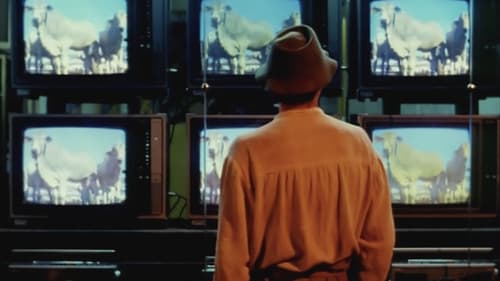
Art Direction
Hillbilly has one single dream in life: eat beef. He finds a little maid who's anxious to marry, and promises him: in their wedding party, her father would kill an ox.

Director of Photography
With death getting near, a retired officer remembers the most important passages in his life and his participation in historical events in Brazil, such as the Lieutenants' Movement, and the 1964 coup.

Art Direction
The story of one of Brazilian cinema's pioneers, Eduardo Abelim, from the start of his career, in Rio de Janeiro, until his filming of the 1930 Revolution. To promote his films, Abelim would even perform car stunts, give classes on the occult and offer guidance on mystical matters.

Camera Operator

Director of Photography
A trip throught brazilian 60's/70's hippie universe.

Director of Photography
From its very title, Cláudio Kahns and Antônio Paulo Ferraz's Santo e Jesus, Metalúrgicos is crystal clear about where it stands and about its messianic flair. Through a wordplay with the religious connotation of the names of the two men, murdered during the worker strikes of the late 1970s in São Paulo, it associates sainthood and Christ himself with the working class. That association is reaffirmed throughout the film, from the very beginning, including by a priest. The martyrdom of metalworkers Nelson Pereira de Jesus and Santo Dias da Silva is the starting point to denounce the working conditions faced by factory workers, and the repression which ensues whenever they try to resist them. However, the film also presents us with the 'official' version of the facts, going so far as to feature interviews with the man who killed Nelson. Obviously, it sides with the workers, as it conveys the strength of the oppressed and the impudence of the oppressors.

Editor
From its very title, Cláudio Kahns and Antônio Paulo Ferraz's Santo e Jesus, Metalúrgicos is crystal clear about where it stands and about its messianic flair. Through a wordplay with the religious connotation of the names of the two men, murdered during the worker strikes of the late 1970s in São Paulo, it associates sainthood and Christ himself with the working class. That association is reaffirmed throughout the film, from the very beginning, including by a priest. The martyrdom of metalworkers Nelson Pereira de Jesus and Santo Dias da Silva is the starting point to denounce the working conditions faced by factory workers, and the repression which ensues whenever they try to resist them. However, the film also presents us with the 'official' version of the facts, going so far as to feature interviews with the man who killed Nelson. Obviously, it sides with the workers, as it conveys the strength of the oppressed and the impudence of the oppressors.

Director of Photography

Director

Additional Photography
Documentary about the strikes that took place in São Bernardo do Campo, in the State of São Paulo, Brazil, circa 1979/1980. That moment was of utmost importance, since it revealed a Union leader, Luís Inácio "Lula" da Silva, who would later become President of Brazil. It was also the moment when PT, the Workers' Party, became a relevant political force in Brazil.

Director

Thanks

Sound

Researcher
A Documentary about the history of the anarchist-led workers' movement in Brazil. It shows the transformation of immigrants into the first urban workers and chronicles the most important strikes, the successes and defeats of the movement, from the end of the 19th Century until 1922.

Editor
A Documentary about the history of the anarchist-led workers' movement in Brazil. It shows the transformation of immigrants into the first urban workers and chronicles the most important strikes, the successes and defeats of the movement, from the end of the 19th Century until 1922.

Director of Photography
A Documentary about the history of the anarchist-led workers' movement in Brazil. It shows the transformation of immigrants into the first urban workers and chronicles the most important strikes, the successes and defeats of the movement, from the end of the 19th Century until 1922.

Director of Photography
The life of a right-wing housewife in Chile during the prior days to Salvador Allende's military overthrow.

Cinematography
The chronicle of the political tension in Chile in 1973 and of the violent counter revolution against the democratically elected government of Salvador Allende.






























